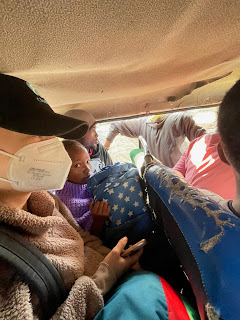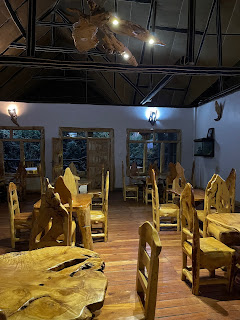Tailwinds
I taught 2 CPR classes to the nursing students, which was less intimidating than to the hospital staff. But even so, the magnitude of discrepancies between what US students have and what developing world students have is enormous. US students have books, reliable internet and unlimited computer access. In CPR classes, there is one manikin per 2 students, AEDs in public places and an Emergency Medical System to respond quickly. Here, there was one malfunctioning adult manikin per 12 students, no CPR books, no EMS, no AEDs, lousy internet connectivity.
We teach hand hygiene and blood borne pathogen protection and though nurses know the recommendations, sinks with running water, PPE and adequate plumbing facilities are few and far between. My biking friend Becca would refer to what we have in the US as a tailwind. In Africa there are only strong headwinds. And yet, Kenyans are adaptable, resilient and accepting of what’s available, in spite of the hardships. This is what keeps me optimistic. Teaching has this wonderful ripple effect. I hope that as I’m “teaching them to fish”, in some small way I might be feeding someone for a lifetime…
Meanwhile, my volunteer friends and I decided to take another rejuvenating weekend trip—to Naivasha, a trip that involved a car ride to the train, the train to Nairobi, a traffic jammed Uber ride across the city to the matatu depot, and finally a 2 hour matatu ride to Naivasha. The dread matatu is a tin-box-on-wheels van crammed with 15 people (complete with crying babies) and no AC. Sound like fun? You bet it was!













Comments
Post a Comment